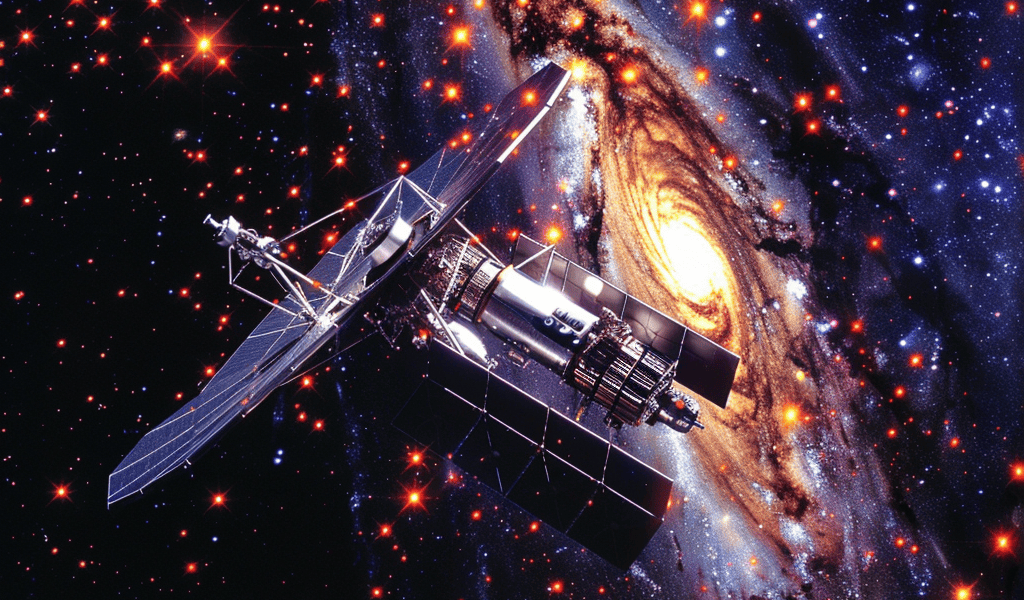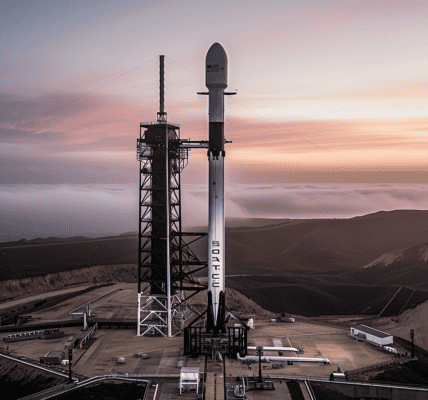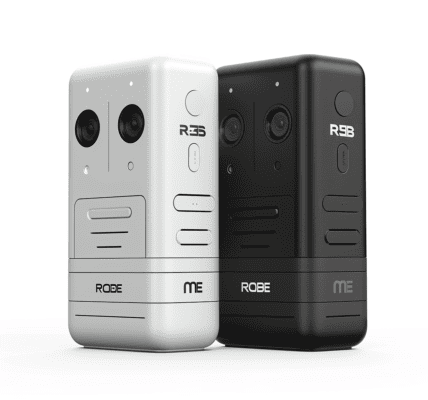Scientists using the James Webb and Hubble space telescopes have confirmed a troubling conundrum in physics – the universe appears to be expanding at different speeds depending on where we look. This problem, known as the Hubble Tension, has the potential to alter or even upend cosmology altogether.
In 2019, measurements by the Hubble Space Telescope confirmed the puzzle was real; in 2023, even more precise measurements from the James Webb Space Telescope (JWST) cemented the discrepancy. Now, a triple-check by both telescopes working together appears to have put the possibility of any measurement error to bed for good.
The study, published February 6 in the Astrophysical Journal Letters, suggests that there may be something seriously wrong with our understanding of the universe. Lead study author Adam Riess, professor of physics and astronomy at Johns Hopkins University, stated, ‘With measurement errors negated, what remains is the real and exciting possibility we have misunderstood the universe.’
Currently, there are two ‘gold-standard’ methods for figuring out the Hubble constant, a value that describes the expansion rate of the universe. The first involves poring over tiny fluctuations in the cosmic microwave background (CMB) – an ancient relic of the universe’s first light produced just 380,000 years after the Big Bang.
Reiss, Saul Perlmutter, and Brian P. Schmidt won the 2011 Nobel Prize in physics for their 1998 discovery of dark energy, the mysterious force behind the universe’s accelerating expansion.
The James Webb Space Telescope’s infrared cameras allow it to look at the universe in more precise detail than any telescope before it.





